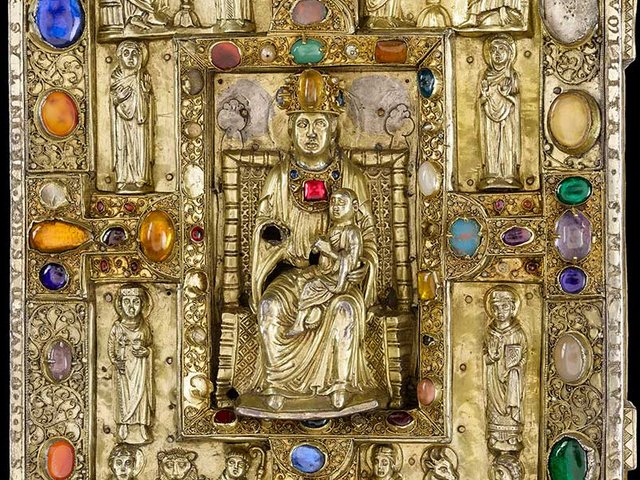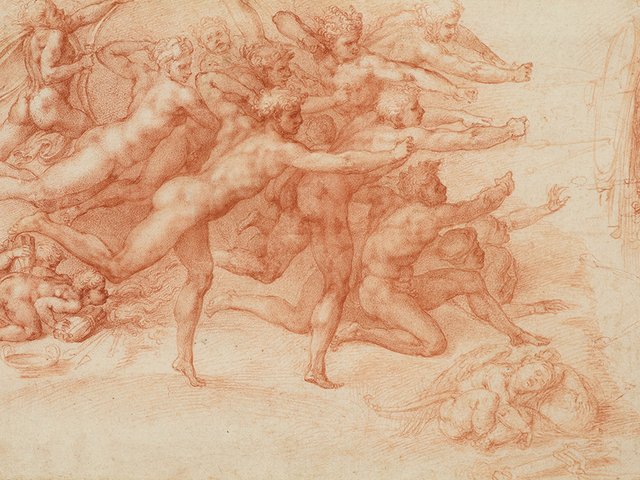Why is the Metropolitan Museum of Art's exhibition Valentin de Boulogne: Beyond Caravaggio (until 16 January 2017) the first monographic exhibition on this painter who became the most famous and successful French follower of Caravaggio? Perhaps it is because there are only around 60 extant works by the artist, 45 of which have been assembled here, including every one of his paintings in the collection of the Louvre Museum, which co-organised the show. The drama in the works is palpable across subjects both sacred and profane. Valentin’s innovative cropping draws you into works like The Dream of Saint Joseph (around 1624-26), in which you can almost feel the action of the angel as he lightly presses the arm of the elderly sleeping saint.
In 1984, Edwina Sandys caused a stir when she showed Christa (1975)— a bronze sculpture of a nude, crucified Christ as a woman—at the Cathedral of St. John the Divine. The artist recently gave the work to the church, which has been installed it in its St. Saviour chapel for the exhibition The Christa Project: Manifesting Divine Bodies (until 12 March 2017). The show—a powerful injection of contemporary art into this soaring neo-Gothic space—presents works by contemporary artists like Kiki Smith and Kara Walker that challenge boundaries of race, gender, ethnicity and sexual identity. Gabriel García Román’s depictions of queer people of colour as religious icons applies “holiness and divinity and radiant beauty to people who oftentimes in American culture are so denigrated”, says Isadora Wilkenfeld, who manages the cathedral’s programme and communications.
Fall into the rich colour of Mark Rothko’s work at the Pace Gallery in Mark Rothko: Dark Palette (until 7 January 2017). “It’s quite marvellous because you give the show time and the paintings unfold slowly and you see the depths of these pictures,” says Arne Glimcher, Pace’s founder and a friend of the late artist. It is a joy to explore the variations of colour, scale and material. In a gallery dominated by a massive blood-red painting from Rothko's Seagram Murals series (1959), look out for a smaller, untitled acrylic-on-paper work from 1969, in which bright blue surrounds a field of black. It feels like a brilliant, unexpected light determined to peek out through the darkness.





